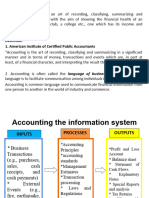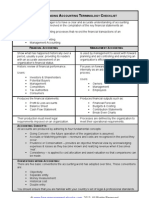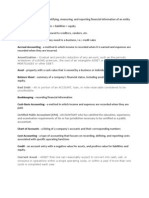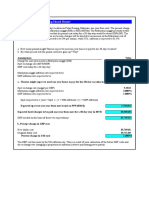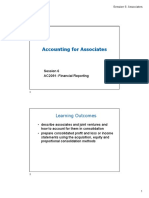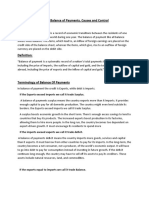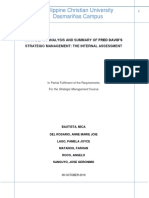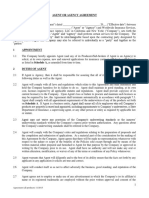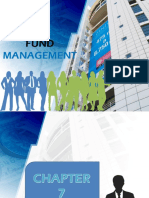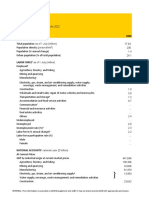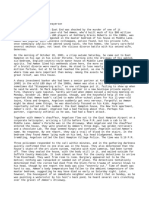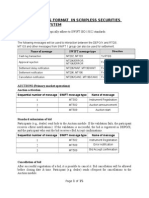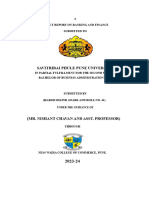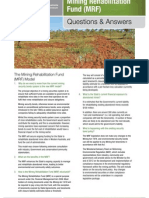0% found this document useful (0 votes)
171 views9 pagesBasic Accounting Terms With Definitions
The document provides a comprehensive list of basic accounting terms along with their definitions and explanations. Key concepts include assets, liabilities, owner's equity, revenue, expenses, and various financial statements. It serves as a reference for understanding fundamental accounting principles and practices.
Uploaded by
Julman Rave IICopyright
© © All Rights Reserved
We take content rights seriously. If you suspect this is your content, claim it here.
Available Formats
Download as DOCX, PDF, TXT or read online on Scribd
0% found this document useful (0 votes)
171 views9 pagesBasic Accounting Terms With Definitions
The document provides a comprehensive list of basic accounting terms along with their definitions and explanations. Key concepts include assets, liabilities, owner's equity, revenue, expenses, and various financial statements. It serves as a reference for understanding fundamental accounting principles and practices.
Uploaded by
Julman Rave IICopyright
© © All Rights Reserved
We take content rights seriously. If you suspect this is your content, claim it here.
Available Formats
Download as DOCX, PDF, TXT or read online on Scribd
/ 9

















